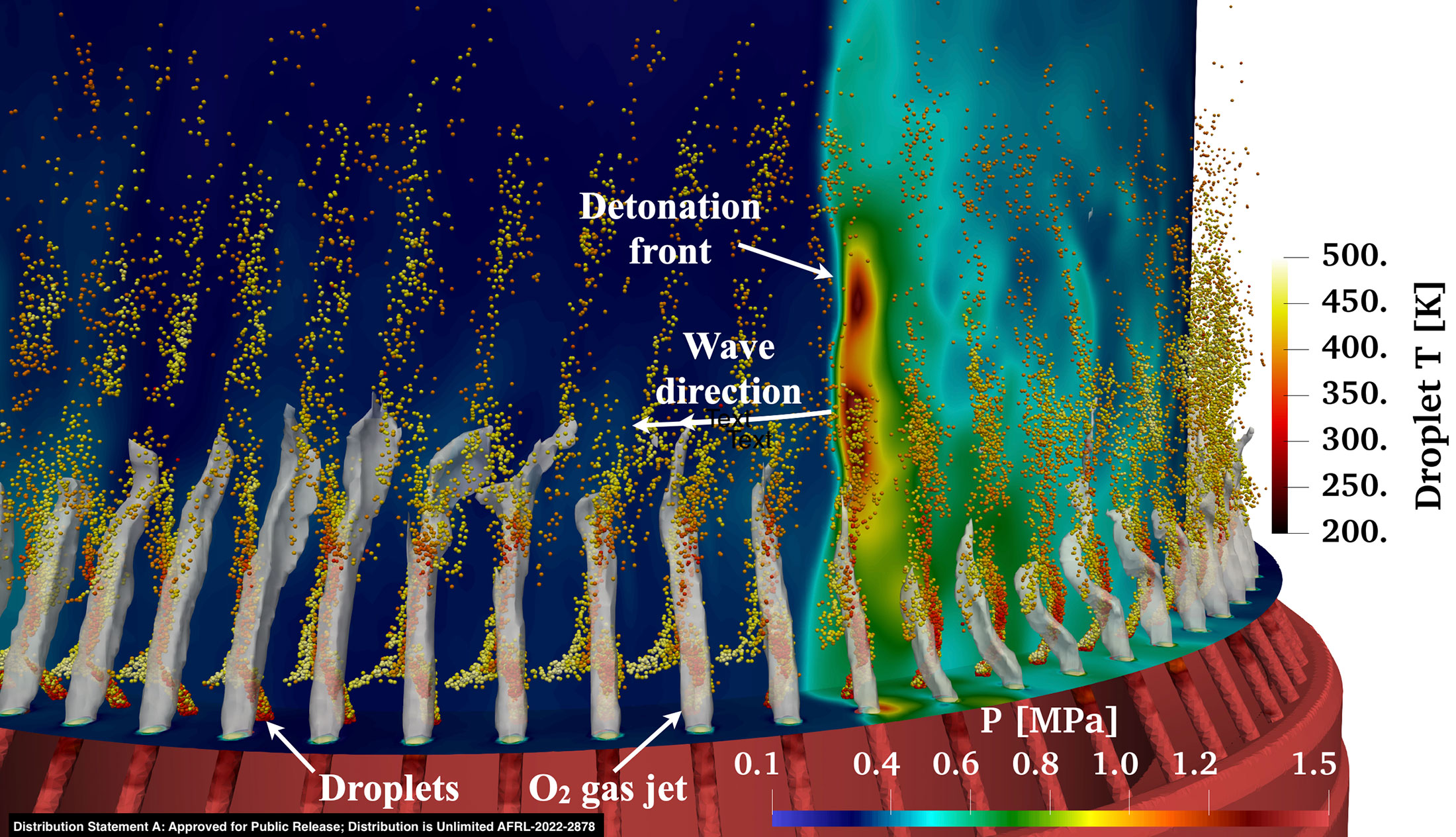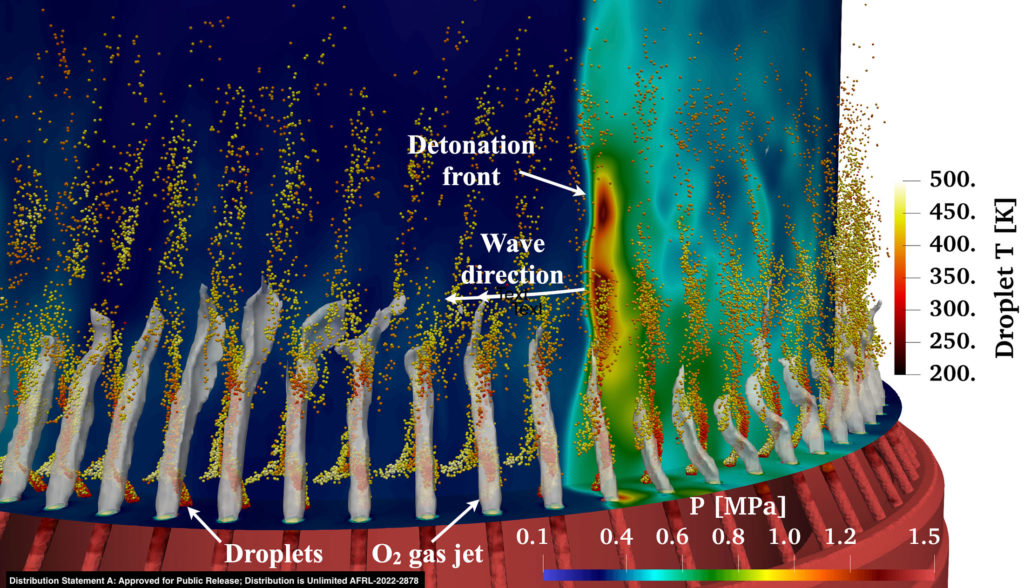
Raman awarded DoD MURI funding for detonations research
Multidisciplinary University Research Initiative funding examines a new generation of propulsion systems based on sustained detonations

Multidisciplinary University Research Initiative funding examines a new generation of propulsion systems based on sustained detonations
Aerospace Engineering professor Venkat Raman was part of one of 28 research teams to receive funding through the Department of Defense 2022 Multidisciplinary University Research Initiative (MURI) awards program.
Led by Stanford University, researchers from U-M, University of Southern California, University of Virginia, University of Connecticut, and University of Central Florida are working together to explore novel propulsion systems for hypersonics.
The project focuses on multiphase detonations, which is the core physics that can enable a new generation of propulsion systems based on sustained detonations. The U-M contribution centers around numerical simulations of drop-shock interactions using a new approach for resolving the gas-liquid interface. There is considerable utility for such systems in hypersonics, which is a national priority, but also in conventional aircrafts and power generation systems.

Raman explains, “At the most basic level, the project tries to understand how liquid fuel droplets interact with shock waves. While this interaction has been studied for many decades (including some groundbreaking work at U-M by Art Nichols, Tom Adamson and Martin Sichel), some of the key physics have eluded us – mostly because the tools needed to look at interactions were not available before. In this project, we are turning all our computational and experimental power to study physics happening at sub-micron length scales.”
“Once we understand how shocks move fuel molecules in the liquid phase to the gas phase, and later initiate chemical reactions, we can start to make very compact engines that can be used in many different propulsion applications, which will have many advantages including higher efficiency,” Raman continues.
U-M has been historically renowned for research advancements in detonations-driven propulsion. More recently, Raman and fellow U-M Aerospace researcher Mirko Gamba have established a modern version of this effort. Raman’s research group has developed algorithms, computational tools and expertise in detonations-based propulsion. In a separate recent Department of Defense funded project, the team demonstrated the first full-scale simulation of a liquid-driven detonation engine.

Interest in this area has grown for both energy production and for propulsion applications. With the emergence of hypersonics, this area has become even more important as a potential driver of new propulsion systems. The MURI project will build on that expertise to develop a new set of tools and physics understanding.